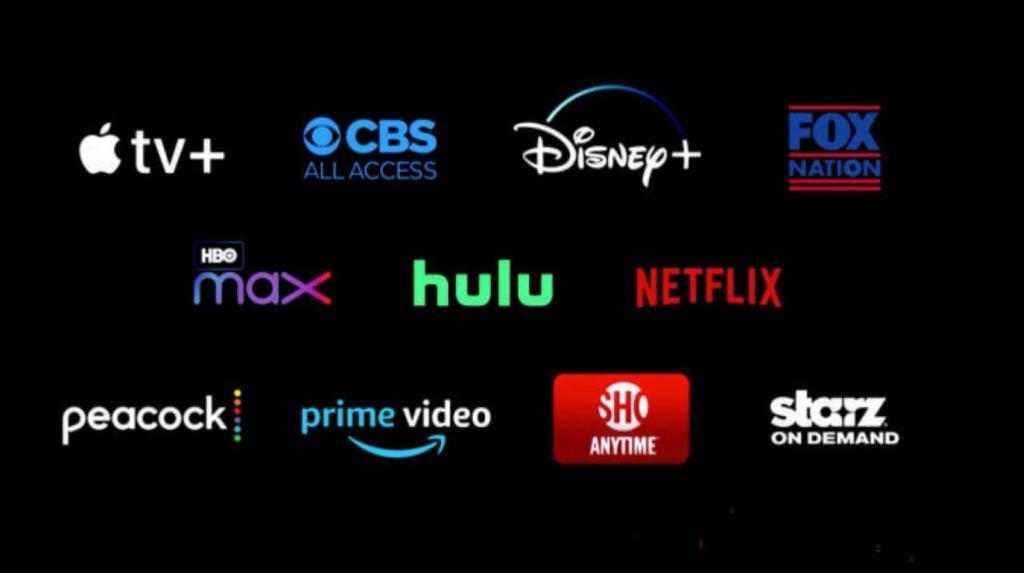As of right now, streaming applications have been a major topic of discussion in the entertainment industry. Aside from the incoming arrivals of Disney Plus and HBO Max, we already have Netflix still at the height of their game. But it turns out that the entertainment industry isn’t the only community where streaming services are being discussed. It turns out that climate scientists have been considering streaming services “a waste of resources at all levels.” In fact, they’re stating that streaming is contributing to climate change.
According to some of their reports, “a half-hour show via an on-demand video app emits 1.6 kilograms of carbon dioxide into the environment — the equivalent of driving almost 4 miles, according to Maxime Efoui-Hess of Paris-based nonprofit the Shift Project.”
Their study indicates that 34% of this traffic comes from streaming applications like Netflix or Hulu. But interestingly, they’ve stated the second largest source has come from internet porn.
It appears that the servers belonging to these streaming services are the main contributors to this carbon dioxide emission. As stated by Nature Research, they contribute 0.3% of all carbon emissions.
Meanwhile, environmental activist group leader Gary Cook of Greenpeace, states “Digital videos come in very large file sizes and (are) getting bigger with each new generation of higher definition video.”
“More data equals more energy needed to maintain a system that is ready to stream this video to your device at a moment’s notice,” Cook says.
And, even if our behavior remained stagnant for the next five to ten years, we would still need a “significant improvement in IT equipment and data center energy performance.” This information comes from Center of Expertise for Data Centers, Dale Sartor, who works with the US Department of Energy.
It’s estimated that by 2030, around 4.1% of our global electricity budget will be taken up by the aforementioned servers. In fact, we’re predicted to have a quadruple increase in video traffic between 2017 and 2022. And that’s expected to make up 80% of global web traffic.
These effects don’t just extend to streaming issues either. They also are impacted by the increasing size of television screens.
“The changing screen size and related shift to digital video technology has set the stage for higher definition and thus larger file sizes that we are streaming,” says Cook.
According to researchers, they recommend “users disable autoplay and refrain from streaming high-def, especially if not on a Wi-Fi network. Lefevre notes that streaming video over a 3G mobile connection is one of the most wasteful ways to watch.”
Finally, Cook gives his final advice to those who really wish to make a change in fear that streaming is contributing to climate change:
“Exercising collective responsibility, with individuals demanding internet giants rapidly transition their data centers to renewable energy, has been the biggest driver thus far,” he says.
Source: NYPost

